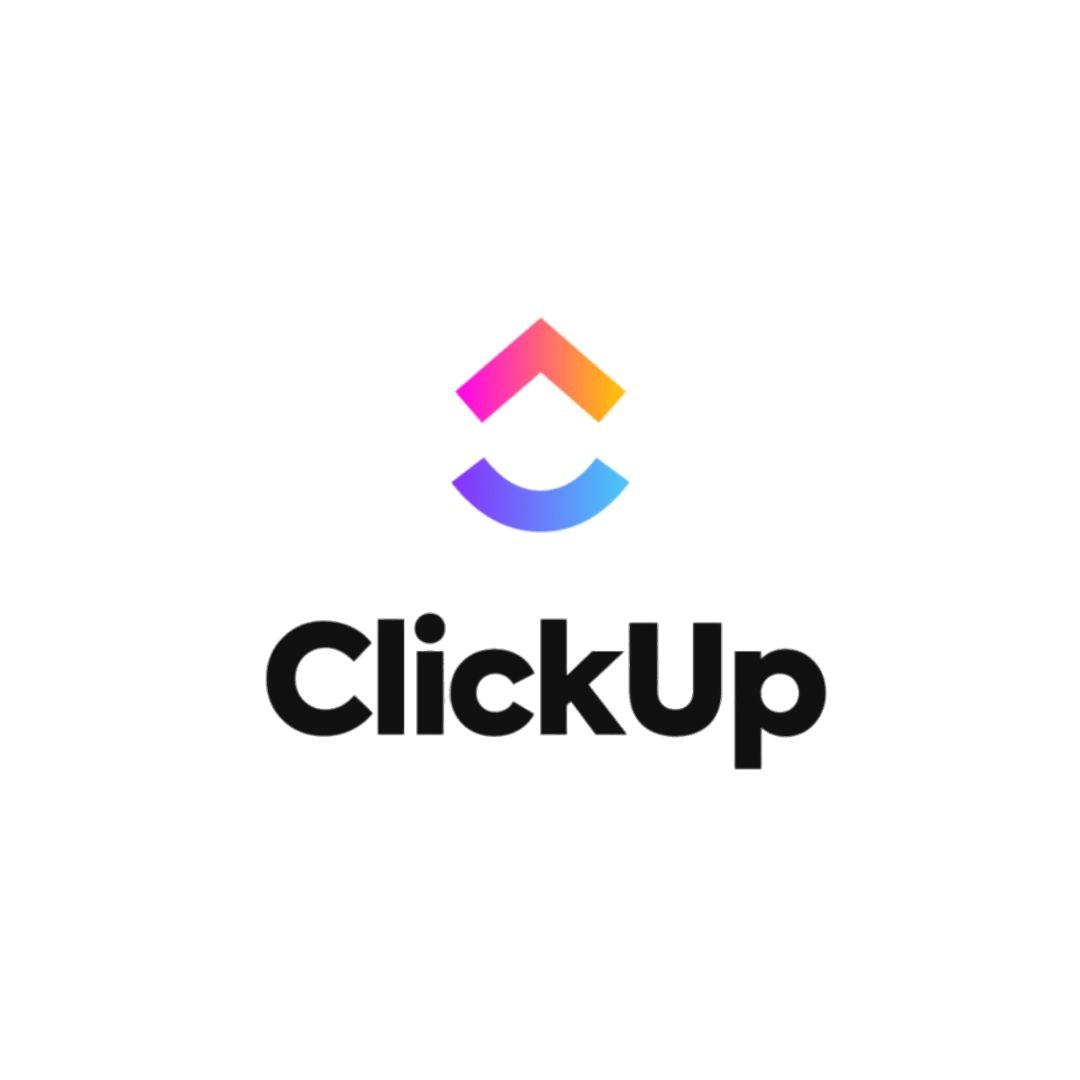This week, while working through CXL Institute’s Scholarship program where they have numerous minidegrees from Growth Marketing to Conversion Optimization, I was working through Social Proof, an Intro to Neuromarketing, developing & testing an emotional content strategy, Influence and interactive design as well as starting with the next one, Google analytics for beginners.
Social Proof
Along with the instructor, Joel Klettke, was introduced as identifying, gather and display the optimal social proof your customers subconsciously hope to see on your website.
Recapping on what Social Proof is
You will better relate to Social Proof as testimonials. This can be testimonials about your product, the buying process and even the service received after buying your product. Social proof is basically feedback regarding your business, it can be favourable, or negative.
“I thought Social Proof always need to be positive”
Social proof can be interpreted as good and bad. Like in any business, there might be instances where you accidentally did something wrong and you end up with a 1-star rating or a bad testimonial, but in actual fact, deleting bad reviews might indirectly tell visitors that your product or service might be too good to be true. Keeping bad reviews on and showing that you were willing to help and sort the problem out can also help you a lot, because then people can see that you are also human, just like they are and you also make mistakes, but how you handled yourself speaks volumes. So, think twice before deleting seemingly-bad social proof.
Remember that two of the best ways to collect testimonials aare through surveys and one-on-one interviews and keeping testimonials fresh, new and current takes effort. People are not always going to want to go and write a testimonial or social proof if not asked or incentivised. Remember that people are by nature very selfish, so they will pretty much always wonder, “What’s in it for me?”.
Intro into Neuromarketing
The Instructor, Roger Dooley brilliantly explains the discipline, and contextualizing Neuromarketing in the modern landscape of internet marketing.
We are all humans. Just as we are all different, to a big extent we are actually the same. There are a lot of ways to get people to look in a certain direction, different things people opt to look at first, like faces in a picture and also the direction someone’s eyes are looking. So, put it into perspective; if you landed on a website and there was a happy person who is looking right towards a heading and small form, you would normally follow their eyes and find out what they are looking at. This is a good example of the application of Neuromarketing and Roger Dooley explains it while using the analogy of a slide; the Persuasion Slide, applying a few principles like:
- Gravity
- Nudge
- Angle and
- Friction;
All components who contribute to a successful slide down the apparatus. Other ways of applying Neuromarketing are Biometrics, Eye Tracking and Facial Coding.
Developing & Testing an Emotional Content Strategy
Here Talia Wolf, who helps businesses build and execute conversion optimization strategies, explains the emotional triggers and behavioural principles which shape your customer’s decision-making process through her 4-step process:
- Emotional Competitor Analysis
- Emotional SWOT
- Building an Emotional Content Strategy
- Testing
Emotional Competitor Analysis and Emotional SWOT
I had a customer at one stage who was selling meat. In the meat market you will find common colours being used with that meat and all for good reason. Who would want to use the colour green with meat? It’s not a colour you’d want to see your meat packaged in, because it is referred to, many times as a rotting colour when it comes to meat. Their packaging was blue and many other companies in their industry were using colours like orange and red; TOTAL opposites! These colours make you hungry, don’t they? Blue won’t work great to achieve the same effect.
This is basically what Talia helps explain in this module, that you need to go ask yourself what are your competitors doing, is it working, and through the Emotional SWOT (Strengths, Weaknesses, Opportunities and Threats, you can decide if your company want to basically follow the same route or do you want to change direction and do it a different way. Talia was using Dating Sites as examples, mostly. Understanding your ideal customer and their life-journey is very important here.
Building an Emotional Content Strategy
You now have a greater understanding of what your research has shown you regarding what your ideal customer is looking for and now you need to create content that is relatable for new prospects amplifying the words, phrases and even feelings you’d like new visitors, old visitors and new prospects need to see and build content revolving around that. Talia also puts a lot of emphasis on testing your deployments. Because if you cannot measure it, you don’t have anything to improve on and this is something that comes up a lot in the Minidegree, is testing. You would also enjoy knowing that within the next two modules they cover a Google Analytics course, which I have already started!
Influence and Interactive Design
In this lesson, Brian Cogelman explains the concrete tactical design strategies to keep customers repeatedly engaging your product or service.
Brian continues to explain a few concepts to us; Direct attention, Educate your Customers, Evoke Emotion, Remove Friction in Decision Making and building trust and credibility.
Starting with Direct attention; remember that you only have 2-3 seconds to keep your prospect or visitor on your website. So make sure that through Neuromarketing that you direct the user’s eyes to the part of the page you want them to focus and read about first.
You need to make sure that you understand the needs of your customers; If they already know what they’d like to buy the last thing they mostly need is a torch or umbrella and the same goes for the opposite side it, if you don’t know things like how the product looks, test it out and so on, chances are very slim that you will make that sale. The biggest problem is that most people already know what they need, with high energy, but the checkout process is long, dragged out and frustrating, thus people are mostly going to become frustrated within seconds and leave…
Lastly, I’d like to tell you about my time working through Google Analytics for beginners where Chris Mecer walks us through basic Google Analytics to go forward like never before.
Conclusion
To whoever is reading this and is considering enrolling for this minidegree; It is worth every cent. What you learn here is pure gold and can only benefit you in your venture to become greater at what you do.

















